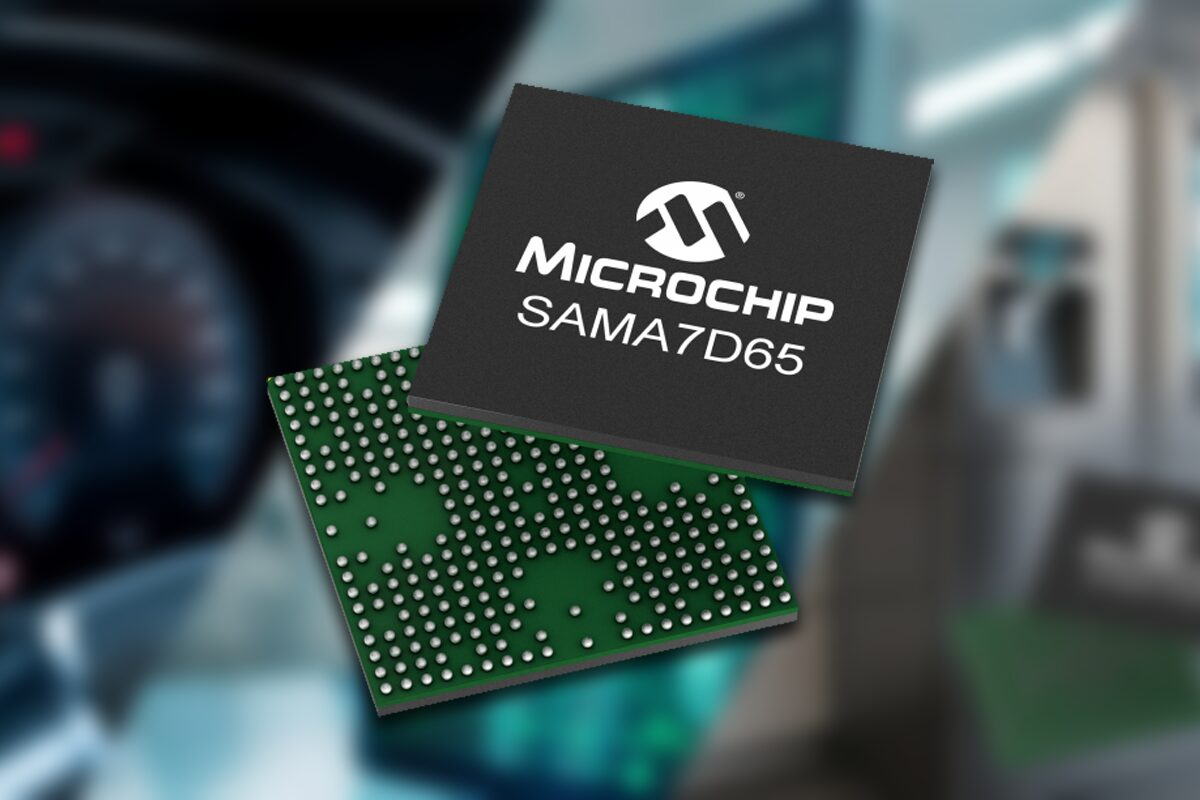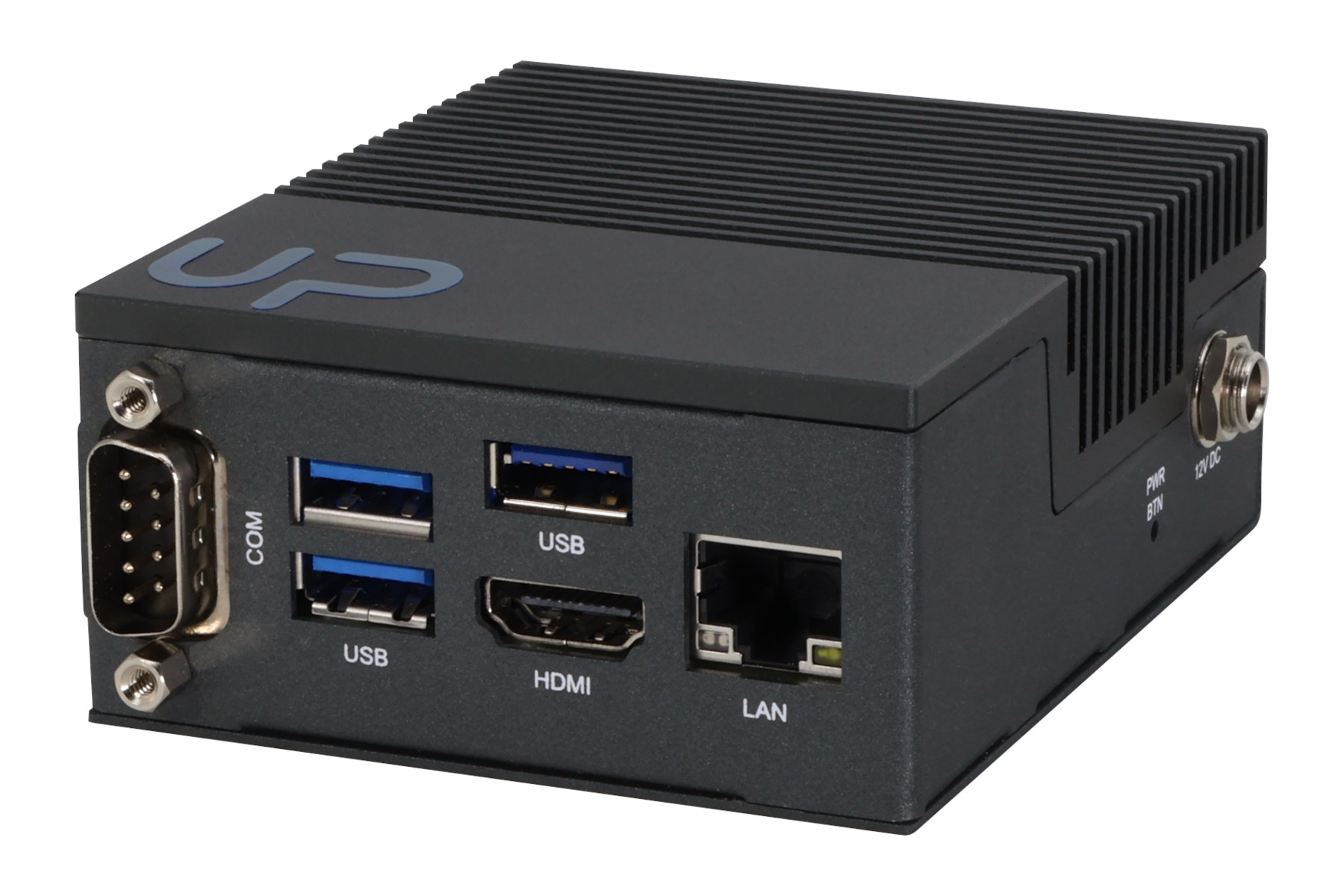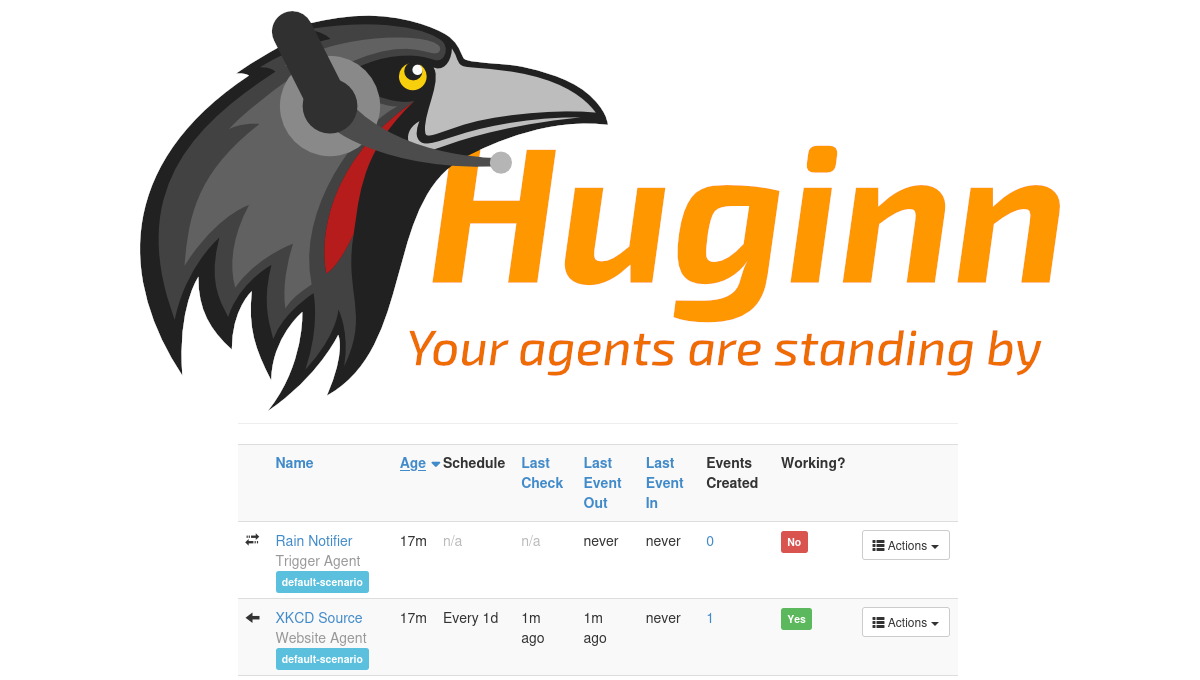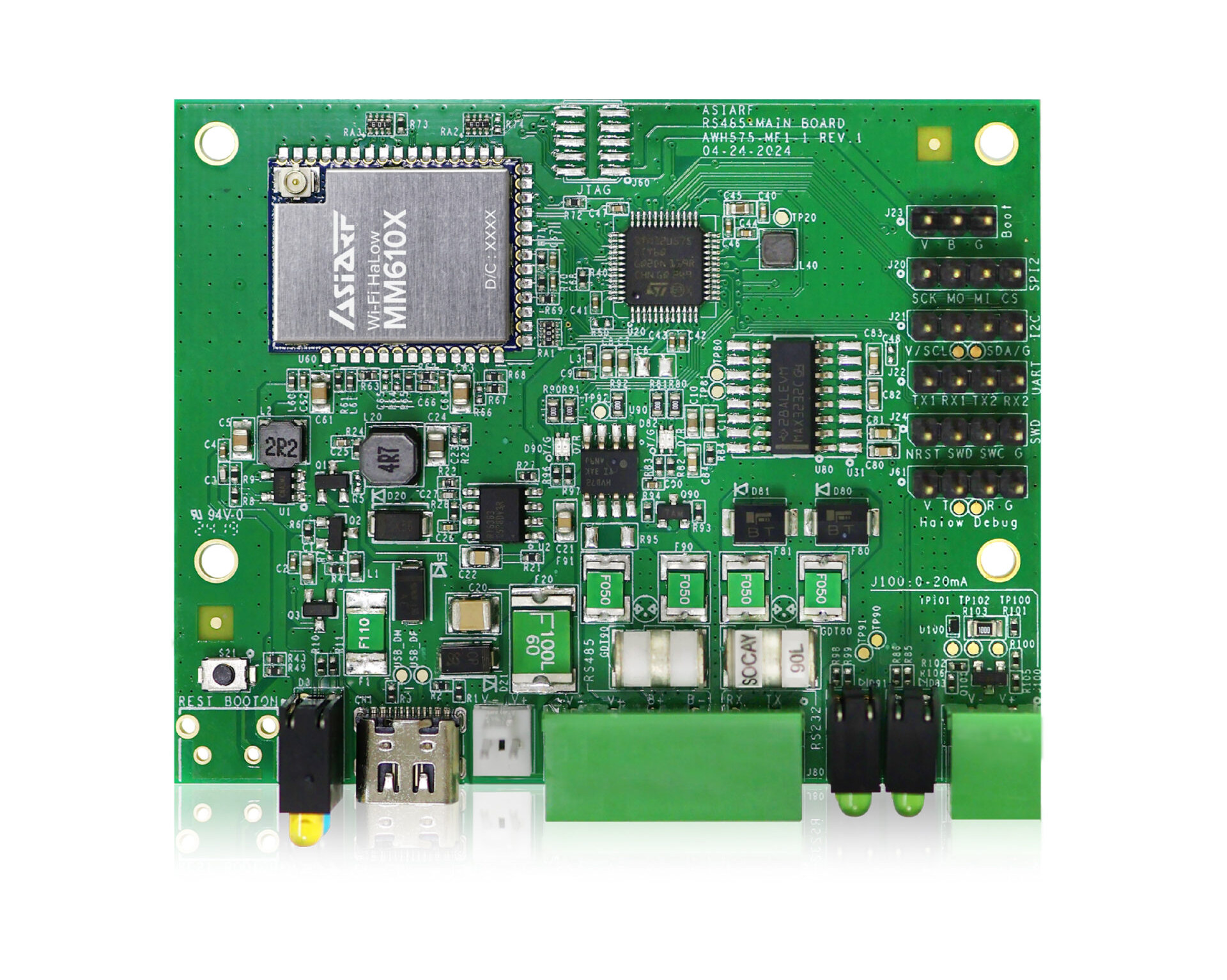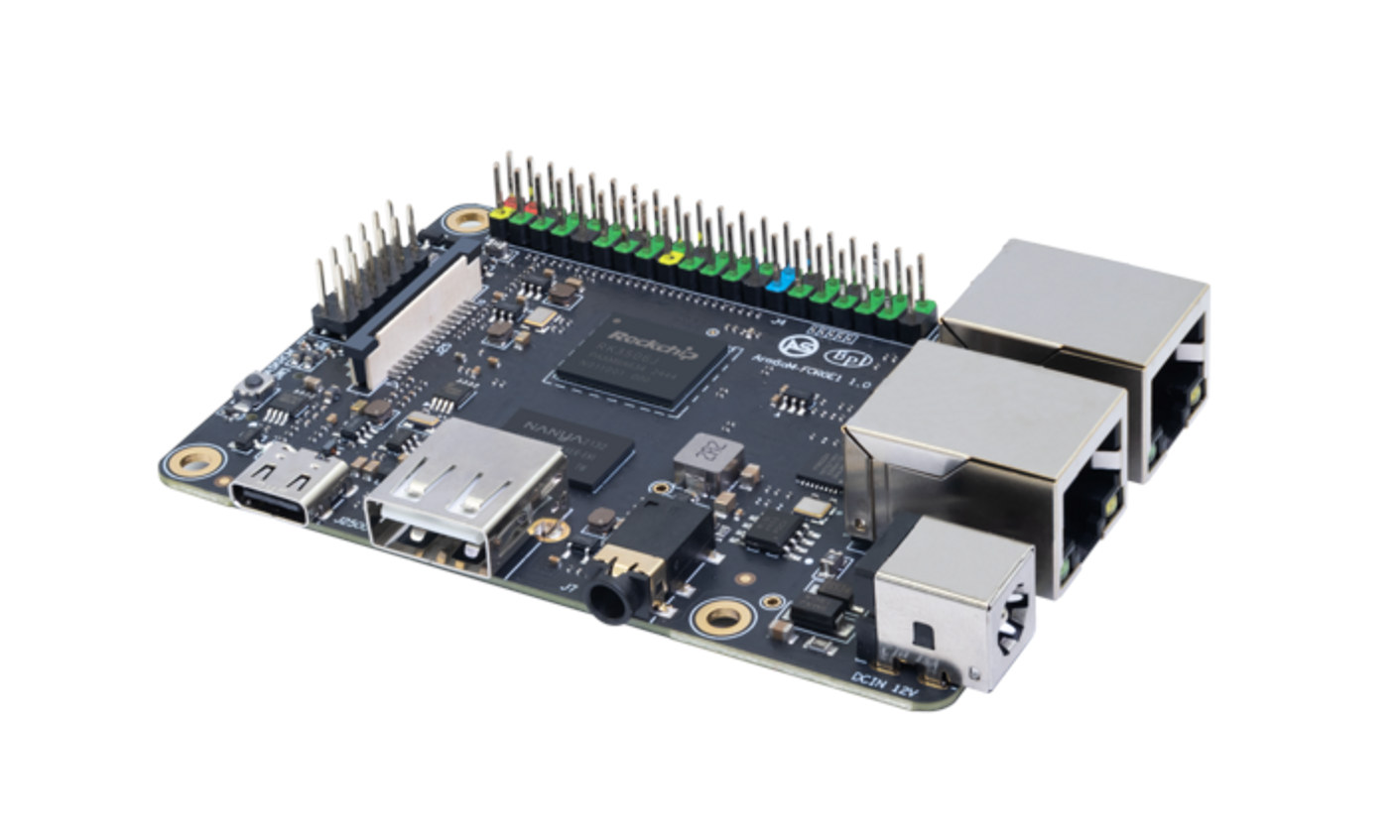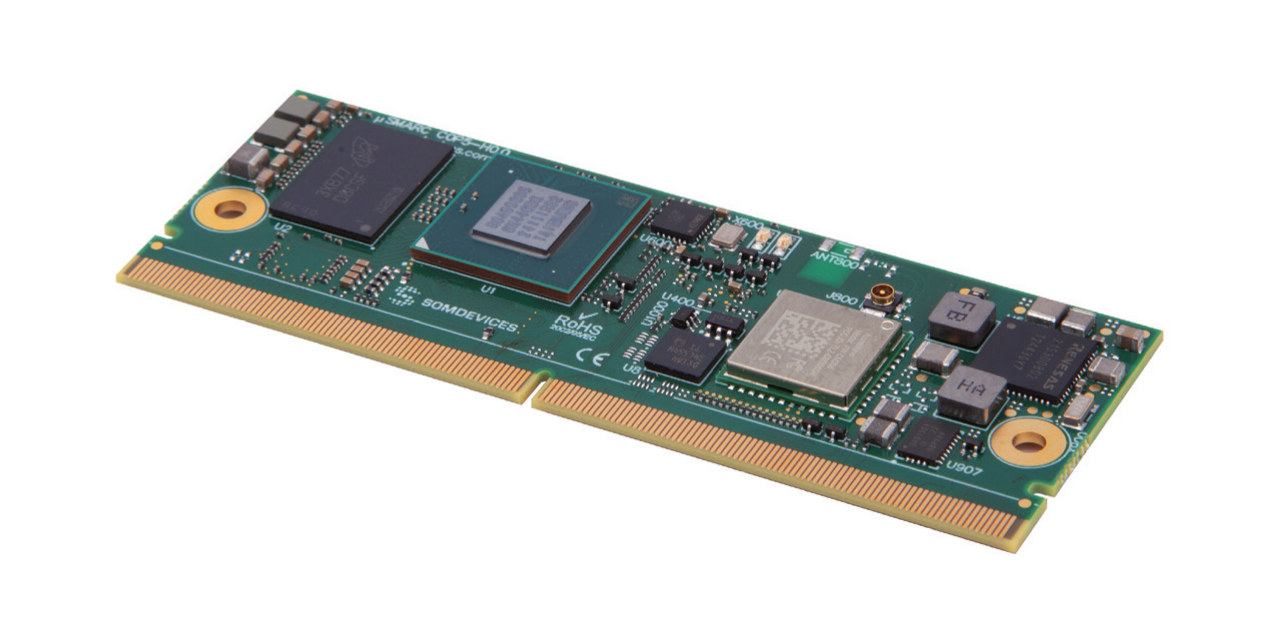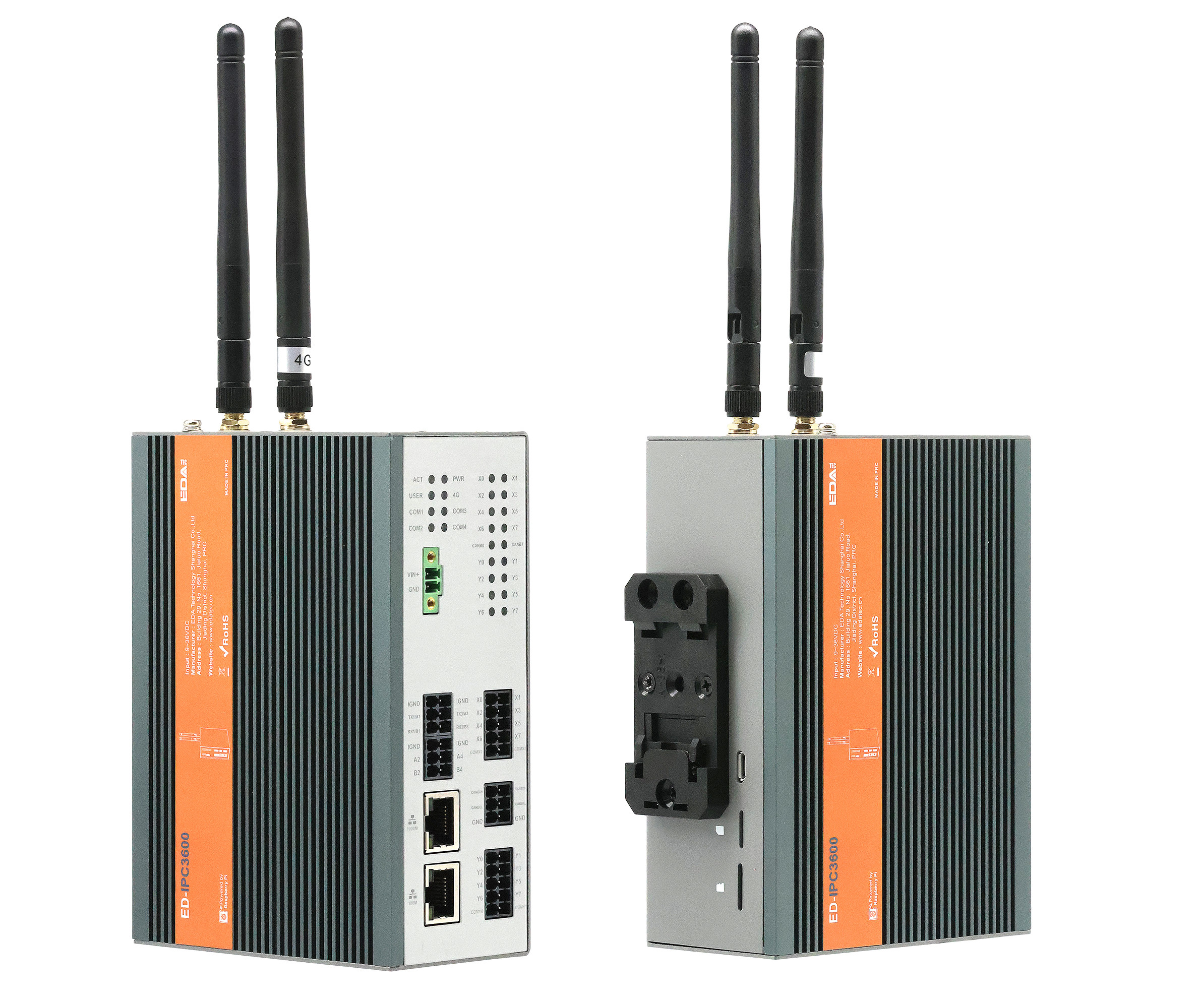Microchip has recently released the SAMA7D65 MPU, a high-performance Arm Cortex-A7 embedded processor designed for HMI and connectivity applications across industrial, home, medical, and appliance markets. The MPU is available in both System-in-Package (SiP) and System-on-Chip (SoC) variants and features various display interfaces, including MIPI DSI, LVDS, and 8-bit Serial RGB interfaces, along with a 2D GPU for graphical acceleration. Memory and storage options include support for 16-bit DDR2/DDR3/DDR3L and LPDDR2/3 memory, optional 1 Gbit or 2 Gbit DDR3 RAM, NAND Flash, eMMC Flash, and SD card. It features dual Gigabit Ethernet with TSN support, an I3C controller, five CAN-FD interfaces, and three high-speed USB ports. Additionally, it comes with various security features, including physically unclonable function (PUF), secure boot, key storage, and cryptographic accelerators for AES, SHA, RSA, and ECC. Microchip SAMA7D65 SoC/SiP specifications: CPU – Arm Cortex-A7 core up to 1 GHz Arm TrustZone, NEON, FPU 32KB L1 I-cache […]
AAEON UP 710S Edge Intel Processor N50/N97/N100/N200 mini PC is offered with Windows 11 IoT Enterprise or Ubuntu Pro 24.04 LTS
AAEON UP 710S Edge is a small fanless Mini PC powered by Intel Processor N50, N97, N100, or N200 Alder Lake-N SoC designed for companies wanting to upgrade industrial automation setups, and running Windows 11 IoT Enterprise 24H2 LTSC or Ubuntu Pro 24.04 LTS. Based on the UP 710S SBC introduced last November, the mini PC features a 10-pin terminal block with up to eight GPIOs, SPI, I2C, and PWM, an RS-232/422/485 COM, and support for WiFi and Bluetooth via an M.2 2230 E-Key slot. The computer also offers HDMI video output, three USB 3.2 ports, and gigabit Ethernet networking. UP 710S Edge specifications: Alder Lake-N SoC Intel Processor N50 dual-core processor up to 3.4 GHz with 6MB cache, 16EU Intel UHD Graphics @ up to 750 MHz; TDP: 6W Intel Processor N97 quad-core processor up to 3.6 GHz with 6MB cache, 24EU Intel UHD Graphics @ up to 1.2 GHz; […]
Huginn is a self-hosted, open-source alternative to IFTTT and Zapier
IFTTT and Zapier automation tools enable users to create automated workflows connecting various apps, services, and devices. They are relatively easy to use, but their free tiers are now rather limited, and you have to rely on the cloud. Huginn is a self-hosted, open-source alternative to IFTTT or Zapier that can work on your own network without cloud connectivity. Andrew Cantino released the first version of the project 12 years ago (in 2013) by Andrew Cantino, but it now has a larger community of developers and users. Somehow, I only found out about Huginn when XDA Developers wrote about it earlier this week. Let’s have a look. Developers describe Huginn as a system for building agents that perform automated tasks for you online, and view it as a hackable version of IFTTT or Zapier hosted on the user’s server with full control over the data. Here are some of the […]
AsiaRF AWH575-MF1 WiFi HaLow industrial IoT controller offers RS232, RS485, I2C, SPI, UART, and ADC interfaces
AsiaRF AWH575-MF1 is a WiFi HaLow industrial IoT controller / remote control kit with RS232, RS485, I2C, SPI, UART, and 12-bit ADC interfaces to connect sensors or actuators and designed for long-range, low-power M2M communication. The board is comprised of an STMicro STM32U5 Cortex-M33 microcontroller to handle I/Os and communicate with an MM6108 WiFi HaLow (802.11ah) module made by AsiaRF. The board takes power from a USB-C port or optionally from a terminal block supporting a wider 9V to 24V DC input. AsiaRF AWH575-MF1 specifications: MCU – STMicro STM32U585CIT6Q CPU – Arm Cortex-M33 core @ 160 MHz Memory – 786 KB SRAM Storage – 2MB Flash Wi-Fi HaLow AsiaRF 802.11ah module based on Morse Micro MM6108 chipset Frequency Range – 902MHz to 928MHz Channel bandwidth – 1/2/4/8MHz Data Rate – Single-stream max data rate of 10 Mbps Transmit Power – 21dBm +/-2dBm @ MCS 0 Modulation – BPSK/QPSK/16 QAM/64 QAM […]
Teledyne Tetra 2.5 GbE line scan camera supports up to 8K resolution for machine vision applications
Teledyne DALSA has recently announced the Tetra line scan camera family with 2.5GbE networking, up to 8K resolution, a line rate of up to 150 kHz, and offered in monochrome or color versions. Traditional cameras (aka scan camera) will capture a full frame, but line scan cameras will only capture one line at a time to scan an object or scene as it moves past the camera providing higher resolution image provided the speed of the scan and the motion of the object are syncrhonized, for instance, on a production line. Line scan cameras like the Tetra are typically used for quality control at the factory, document scanning, license plate scanning, and scientific research (e.g. satellite imaging). Teledyne Tetra specifications: Color cameras Tetra 2k Color – TL-GC-02K05T-00 Resolution – 2048 x 3 Pixel size – 14 μm Max line rate – 50 kHz x 3 Tetra 4k Color – […]
$23 ArmSoM Forge1 industrial SBC is powered by Rockchip RK3506J SoC
ArmSoM Forge1 is an industrial SBC (single board computer) powered by the Rockchip RK3506J triple-core Cortex-A7 processor designed for Smart Audio, HMI, and factory automation applications. The Forge1 is equipped with 512MB RAM, 512MB NAND flash, two Fast Ethernet ports, a MIPI DSI display connector, USB Type-A and Type-C ports, an audio jack, a 40-pin GPIO header partially compatible with Raspberry Pi HATs, and a 16-pin header with speaker output, microphone input, RS-485, and CAN Bus. ArmSoM Forge1 specifications: SoC – Rockchip RK3506J CPU 3x Arm Cortex-A7 core up to 1.5 GHz Arm Cortex-M0 real-time core GPU – 2D GPU only No VPU, no NPU System Memory – 512MB DDR3L Storage 512MB SPI NAND flash MicroSD card Video Output – 2-lane MIPI DSI connector up to 1280 x 1280@ 60FPS Audio 3.5mm audio jack Speaker and Mic via expansion header Networking – 2x 100Mbps Ethernet RJ45 ports USB 1x USB […]
SOMDEVICES µSMARC RZ/V2N system-on-module packs Renesas RZ/V2N MPU in a 82x30mm “micro SMARC” form factor
SOMDEVICES µSMARC RZ/V2N is a system-on-module powered by the Renesas RZ/V2N AI MPU and offered in a micro SMARC (µSMARC) form factor that’s quite smaller at 82x30mm than standard 82x50mm SMARC modules. The company told CNX Software it’s still 100% compatible with SMARC 2.1 with a 314-pin MXM 3.0 edge connector. It’s also cost-effective with a compact PCB and can be used in space-constrained applications. The µSMARC features up to 8GB LPDDR4, up to 128GB eMMC flash, two gigabit Ethernet PHY, and an optional WiFi 5 and Bluetooth 5.1 wireless module. µSMARC RZ/V2N specifications: SoC – Renesas RZ/V2N CPU Quad-core Arm Cortex-A55 @ 1.8 GHz Arm Cortex-M33 @ 200 MHz GPU – Arm Mali-G31 3D graphics engine (GE3D) with OpenGL ES 3.2 and Open CL 2.0 FP VPU – Encode & decode H.264 – Up to 1920×1080 @ 60 fps (Renesas specs, but SOMDEVICES also mentions up to 4K @ 30 […]
EDATEC ED-IPC3630 Raspberry Pi CM5-powered industrial PC gets eight DI, eight DO, and two CAN Bus
EDATEC ED-IPC3630 is an industrial PC (IPC) built around the Raspberry Pi Compute Module 5 (CM5) with up to 8GB RAM and designed for industrial automation, IoT, and control applications with features like a wide 9V to 36V DC power input and a DIN-rail mount. The industrial computer also offers dual GbE, optional WiFi 5 and/or 4G LTE cellular connectivity, HDMI video output, a few USB ports, eight digital inputs (DI), eight digital outputs (DO), and two CAN Bus interfaces. ED-IPC3630 Specifications: SoM – Raspberry Pi CM5 SoC – Broadcom BCM2712 quad-core Cortex-A76 processor @ 2.4GHz with VideoCore VII GPU System Memory – 2GB, 4GB, or 8GB LPDDR4-4267 SDRAM (the 16GB model is not offered, maybe due to supply issues) Storage – Options for 16GB, 32GB, or 64GB eMMC flash Wireless – Optional dual-band WiFi 5 and Bluetooth LE 5.0 module Storage M.2 Key-B socket optionally fitted with 128GB, 256GB, […]


